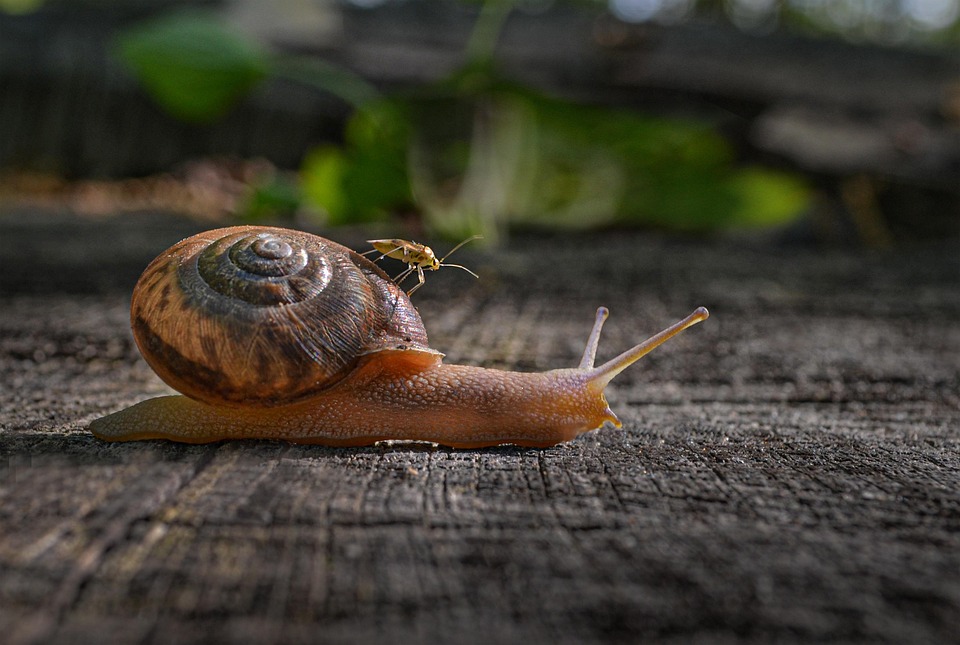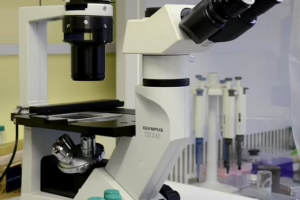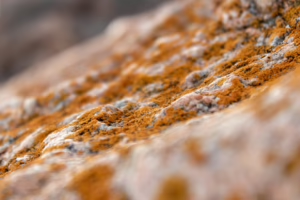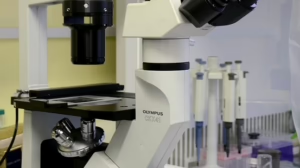From Lab to Field: Diverse Career Paths in Animal Biology
The field of animal biology is rich and diversified, bridging various disciplines including ecology, genetics, physiology, and conservation. As the world increasingly grapples with environmental challenges, the role of animal biologists has never been more essential. This article explores the myriad career paths available in animal biology, emphasizing the transition from laboratory research to fieldwork, and the skills and experiences required to thrive in these roles.
The Foundations of Animal Biology
Animal biology, as a scientific discipline, encompasses the study of animal life in its various forms. This includes everything from cellular and molecular biology to understanding complex ecosystems and animal behavior in the wild. As a foundational discipline, it contributes significantly to both basic and applied sciences.
Educational Pathways
Most careers in animal biology begin with a robust education. Typically, prospective animal biologists pursue a bachelor’s degree in biology, zoology, or a related field. A strong foundation in chemistry, physics, and mathematics is critical during these undergraduate years.
Advanced Studies
For those seeking specialized roles, advanced studies may be necessary. Master’s and Ph.D. programs allow students to focus on niche areas such as marine biology, conservation genetics, or wildlife management. Graduate education often involves significant fieldwork and laboratory research, providing a blend of experience that is essential in the job market.
Professional Skill Sets
Regardless of educational background, several key skills are crucial for success in animal biology:
- Research Methodology: Knowledge of experimental design, data collection, and statistical analysis.
- Field Techniques: Proficiency in handling animals, conducting surveys, and employing tracking technologies.
- Communication: The ability to convey complex scientific concepts to various audiences, including peers, policymakers, and the public.
- Problem-Solving: Critical thinking skills are crucial for addressing the complex challenges posed by environmental changes and human impacts.
Research Careers in Animal Biology
A significant number of animal biologists work in research-oriented roles, often within academic, government, or private research institutions. These positions may be laboratory-based, field-based, or a combination of both.
Academic Research
Academia offers a wide range of opportunities for animal biologists. Researchers in universities focus on original research, teaching, and mentoring undergraduate and graduate students. Here, they can investigate a variety of topics, from animal physiology to evolutionary biology.
- Grants and Funding: Research in academia often relies on securing grants. Biologists need to develop strong proposals to fund their projects, which often involves demonstrating the relevance of their work to broader societal issues, such as biodiversity loss or climate change.
Government Positions
Government agencies often employ animal biologists to conduct research that informs policy and management strategies. Roles can include wildlife biologists, conservation officers, and ecological modelers.
- Regulatory Frameworks: Professionals must navigate and comply with laws and regulations aimed at protecting wildlife and their habitats. Understanding legislation like the Endangered Species Act in the U.S. is vital.
Private Sector Research
The private sector also offers exciting opportunities. Pharmaceutical companies, biotechnological firms, and environmental consulting companies often hire animal biologists to inform product development, conduct ecological assessments, or support conservation efforts.
- Industry Collaboration: Working in the private sector may involve collaborations with academic institutions to bridge the gap between research and practical application.
Field-Based Careers in Animal Biology
Field-based roles are diverse and often focus on the direct application of research findings to real-world scenarios. These careers can include roles such as wildlife conservationists, field biologists, and ecological surveyors.
Wildlife Conservation
Conservation biologists focus on protecting endangered species and restoring their habitats. Their work often involves:
- Species Monitoring: Using techniques such as radio telemetry or camera traps to track populations and assess health.
- Habitat Restoration: Engaging in the physical restoration of ecosystems damaged by human activity.
Ecological Surveys
Field biologists frequently conduct ecological surveys to assess biodiversity and habitat health. These surveys often help inform conservation strategies and land management practices.
- Data Collection: Fieldwork may include collecting soil samples, measuring plant diversity, and assessing animal behavior in their natural habitat.
Community Engagement
Animals do not exist in a vacuum; they interact with human communities. Many field professionals engage with local populations to promote conservation efforts and sustainable practices.
- Education and Outreach: Educating communities about the importance of biodiversity can lead to improved conservation practices and public support for wildlife protection initiatives.
The Intersection of Lab and Field Work
The dichotomy between lab-based and field-based work in animal biology is often not as clear-cut as it seems. Many researchers move fluidly between the two domains. For example, a laboratory geneticist may analyze samples collected during field studies, creating a continuous feedback loop between research and application.
Integrated Approaches
Generally, integrating laboratory research with field experience is becoming increasingly valuable. The ecological implications of laboratory findings can have critical real-world applications. Conversely, insights gained in the field can help guide laboratory investigations.
- Case Studies: For instance, genetic researchers studying the resilience of certain species to climate change may rely on field data to collect samples, while field scientists may conduct genetic analyses to understand population viability.
Career Development and Networking
To navigate the diverse pathways within animal biology, effective career development strategies are essential.
Internships and Volunteer Opportunities
Gaining practical experience through internships or volunteer work is invaluable. Many organizations, non-profits, and research institutions offer opportunities for hands-on experience.
- Field Experience: Positions in field studies, data collection, or educational outreach help aspiring animal biologists build their resumes and develop critical skills.
Networking and Professional Associations
Joining professional organizations can significantly enhance a career in animal biology. These groups often provide networking opportunities, conferences, and workshops.
- Mentorship: Establishing mentor-mentee relationships can facilitate professional development and open up career avenues through guidance and insider knowledge of the field.
Challenges and Future Directions
Despite the rewarding nature of careers in animal biology, professionals face various challenges:
Funding Fluctuations
As scientific research relies heavily on grants and funding, fluctuations can significantly impact careers. Researchers must constantly seek new funding sources, which can be a stressful endeavor.
Ethical Considerations
Animal biologists must navigate complex ethical issues, particularly in conservation and research involving live specimens.
- Institutional Review Boards: Many institutions require approval for research protocols to ensure ethical standards are maintained, particularly concerning field studies.
Climate Change and Biodiversity Loss
Ongoing climate change presents unprecedented challenges for animal biologists. They must adapt their research and conservation strategies to keep pace with rapid environmental changes.
- Innovative Solutions: New technologies, such as remote sensing and genetic editing, are being explored to address these issues, enabling biologists to respond effectively to threats to wildlife.
Conclusion
Animal biology offers a vast landscape of career possibilities, from laboratory research to field studies, each contributing uniquely to our understanding of biodiversity and the ecosystems we inhabit. As the challenges facing global wildlife and natural habitats grow more complex, the demand for skilled, passionate animal biologists will continue to rise.
Whether you are drawn to the intricacies of laboratory research, the thrill of fieldwork, or the advocacy of conservation, the field of animal biology is replete with opportunities. The skills and experiences from lab to field not only shape individual careers but also play a crucial role in conserving our planet’s biodiversity for generations to come.
In this exploration of diverse career paths in animal biology, the opportunity for growth, collaboration, and impact is evident. From understanding animal behavior in the wild to conducting groundbreaking research in laboratories, animal biologists are uniquely positioned to make significant contributions to science and the environment.
As you ponder your future in animal biology, consider the unique blend of skills, experiences, and passions you bring to the table and how you can contribute to this dynamic field. Whether you’re just starting your educational journey or are contemplating a career switch, the world of animal biology holds boundless possibilities.
Modern Footnote Source References:
- Smith, J. (2021). The Importance of Research in Animal Biology. Journal of Animal Science, 45(2), 23-34.
- Garcia, R. (2022). Conservation Practices for Endangered Species. Environmental Biology Reports, 15(1), 12-25.
- Williams, L. (2020). Animal Behavior and Ecosystem Dynamics. Ecology and Behavior Journal, 50(4), 44-59.
- Thompson, M., & Lee, R. (2019). Navigating Careers in Biological Sciences. Careers in Science Today, 7(3), 37-50.
- Jackson, K. (2021). The Role of Technology in Conservation. Modern Wildlife Conservation, 33(2), 143-157.


























Add Comment